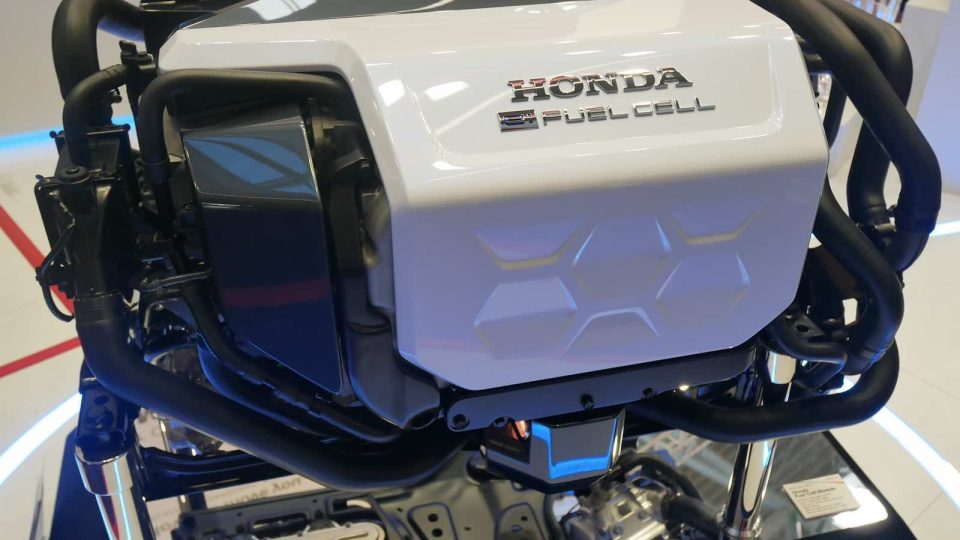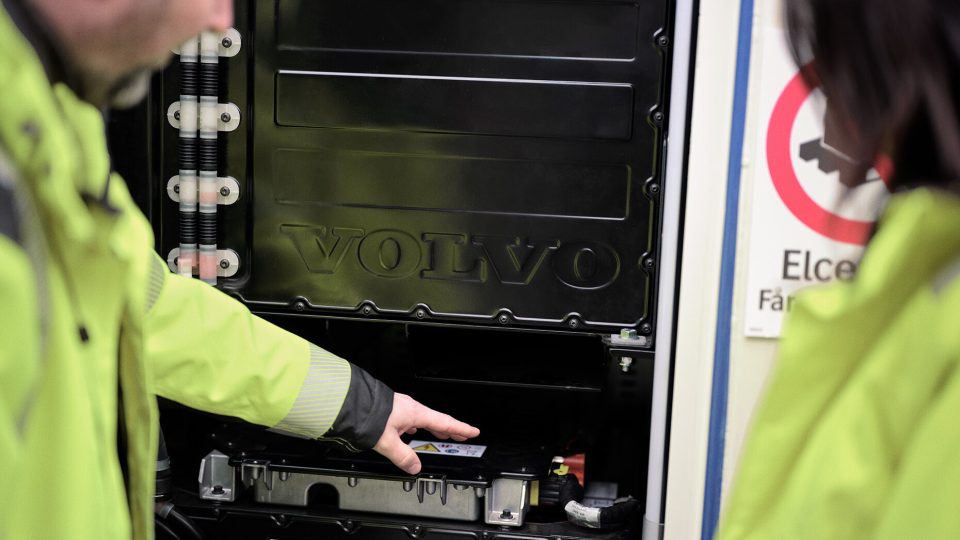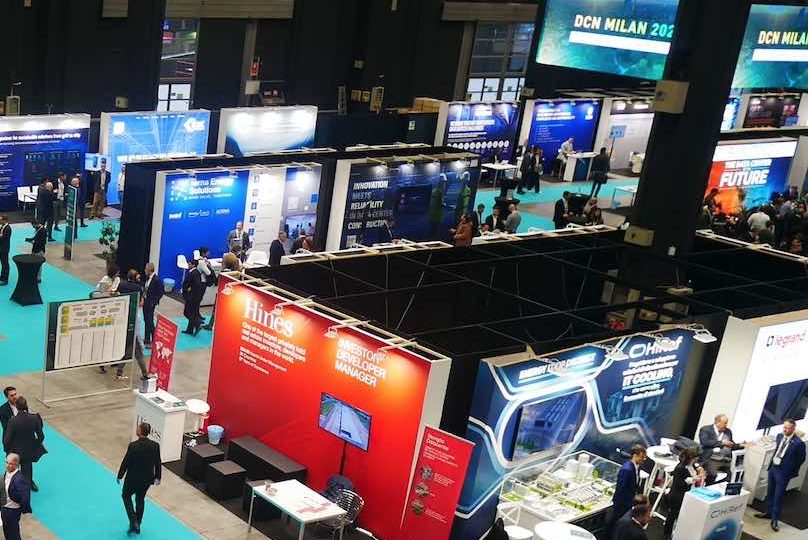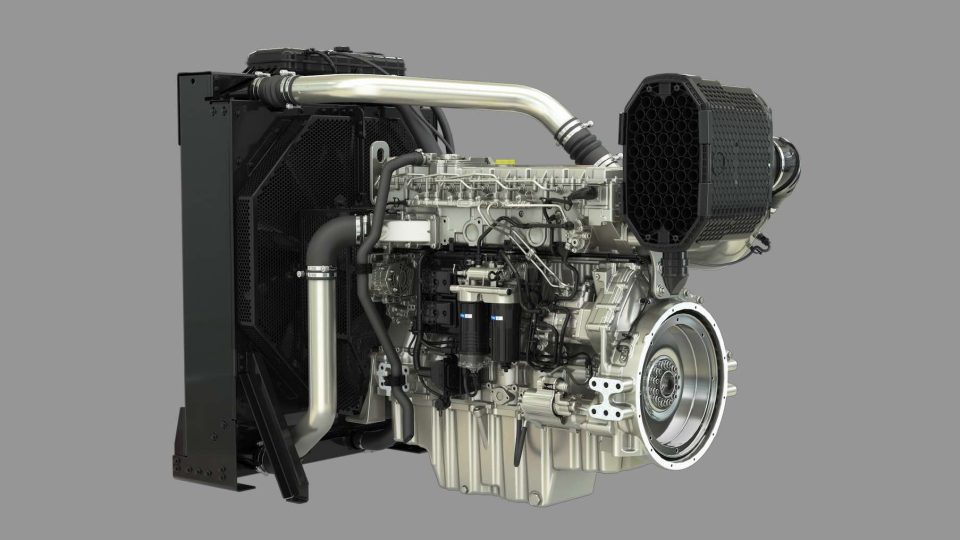Rolls-Royce’s MTU gensets take advantage of diesel generators and sunlight. A white paper
Rolls-Royce’s MTU gensets are ideally suited to take advantage of the combined power of diesel generators and photo-voltaic solar arrays from sunlight, for maximum economic benefit and maximum power supply reliability. Here are some excerpts from the white paper published by Rolls-Royce PS.
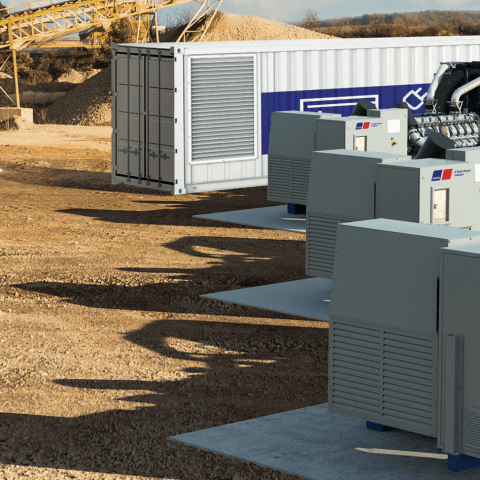
Rolls-Royce’s MTU gensets are ideally suited to take advantage of the combined power of diesel generators and photo-voltaic solar arrays from sunlight, for maximum economic benefit and maximum power supply reliability. This is the intro of a white paper published by Rolls-Royce and written by Maximilian Kräutle, Sales Manager at Rolls-Royce Power Systems.
Here we try to highlight some of the most interesting parts of the study, which can be downloaded at this link.
Rolls-Royce’s MTU gensets and diesel generators: permanently available energy
«Diesel gensets are available 24/7, 365 days a year if needed and reliably generate electricity for an enormous variety of applications. such as emergency power supply backup in hospitals or computer centres, to cover demand peaks in power grids or as small-scale power plants providing a permanent supply independent of the mains grid. The latter example is a dependable and practical method of ensuring the supply of energy in regions without comprehensive grid coverage. It is a type of power generation that has proven itself many times over. Rolls-Royce has already supplied several thousand such power generation modules. Many of them have been in use for decades.
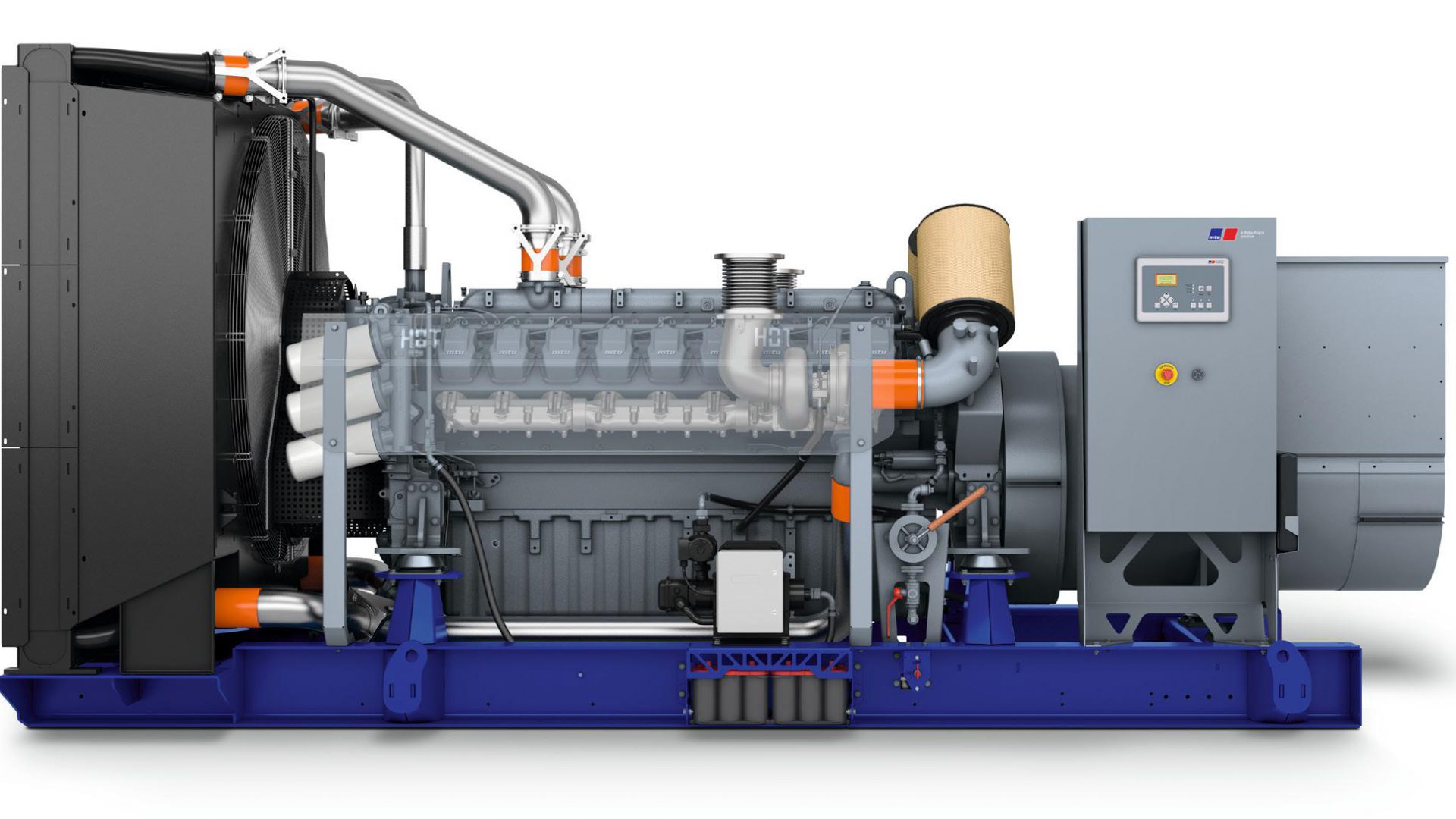
MTU Diesel gensets are particularly fuel-efficient, low-maintenance and comply with the strictest emission standards. What is more, they are distinguished by outstanding load-uptake characteristics and low-load capabilities above the average for the sector. And diesel gensets in general still offer more potential for improvement in terms of operating costs and environmental credentials».
The contribution of photo-voltaic solar farms
«Solar farms are in widespread use today. The trend away from fossil fuels such as coal and gas towards alternative and renewable energy sources has continued over recent years and gained significantly in importance. With falling production costs and continual improvements in terms of efficiency and durability, photo-voltaic (PV) arrays play a significant role in electricity generation from renewable sources. However, power generation from PV solar farms also harbours risks and faces energy suppliers and grid operators with new challenges. Solar energy is eco-friendly but is not continuously and predictably available. At night when the sun is not shining, PV panels do not supply any electricity. Fluctuations and other limitations affecting the output of a PV array can be caused by effects such as the sudden appearance of clouds or rain and thunderstorms. Although predicting the weather is possible, it is not always exact — and that creates problems with the forward planning of solar energy availability».
The possible answer from diesel/PV hybrid plants
«One possible answer to those challenges, and a relatively new trend in energy generation, is the idea of diesel/PV hybrid plants. In the context of power generation, we refer to a hybrid system as one where two or more energy sources are combined, such as diesel and solar energy in this case. A combination with wind energy and battery storage systems is also conceivable but requires even more complex control and regulation systems.
The MTU Series 1600 and 2000 diesel gensets have better-than-average low-load capabilities for the sector. Gensets in those series can be operated at between 0 and 20% of their rated output for up to 12 hours. In addition, MTU gensets have outstanding load- uptake characteristics. If the solar farm output should collapse the diesel genset supplies the electrical equipment with power within a matter of seconds. The hybrid concept combines the respective advantages of energy generation by diesel generators and PV solar arrays and reduces the disadvantages of both concepts, thereby creating added value for the customer».




